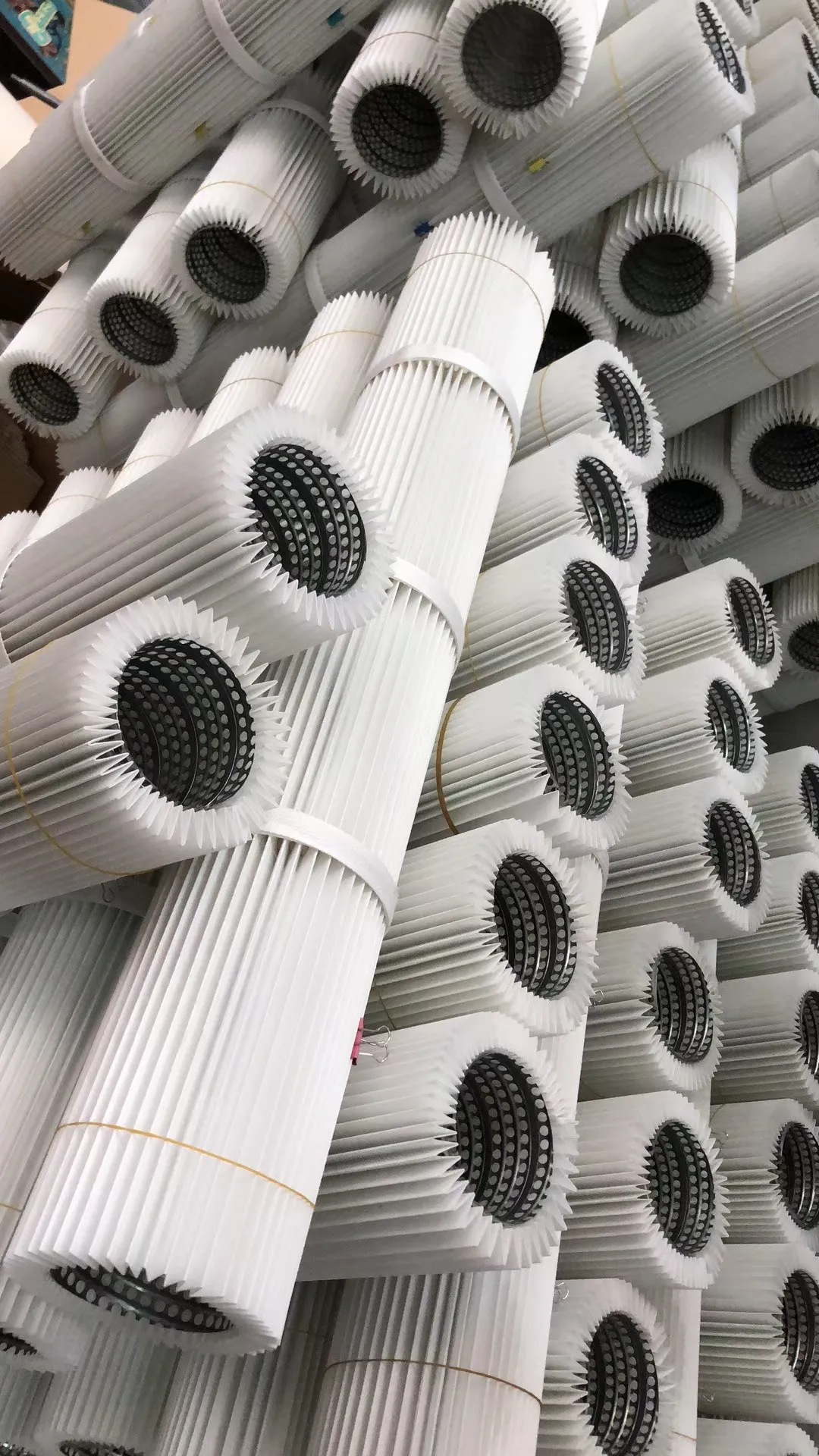 Tel:
+8615930870079
Tel:
+8615930870079
Nov . 19, 2024 22:11 Back to list
antistatic filter element
Understanding Antistatic Filter Elements Importance and Applications
In today's technologically advanced world, managing static electricity is crucial in various industries, particularly those involving sensitive electronic devices and clean environments. Antistatic filter elements play a pivotal role in mitigating static charges and ensuring the smooth operation of industrial processes. This article delves into the importance, functioning, and applications of antistatic filter elements, shedding light on their significance in modern manufacturing and electronic environments.
What Are Antistatic Filter Elements?
Antistatic filter elements are specialized components designed to prevent the accumulation of static electricity in filtration systems. They are crafted from materials that possess inherent antistatic properties, which help dissipate electrical charges that can build up due to friction or environmental conditions. These filter elements are often used in cleanroom applications, electronic manufacturing, and industries where dust, airborne particles, and static electricity can pose significant problems.
The Importance of Antistatic Filter Elements
1. Protection of Sensitive Equipment Static electricity can be detrimental to sensitive electronic components. Antistatic filter elements help in minimizing the risk of electrostatic discharge (ESD) that could potentially damage circuits and devices. By incorporating these filters, companies safeguard their equipment, ensuring reliability and longevity.
2. Enhanced Safety In industries dealing with flammable materials or gases, static electricity can ignite fires or cause explosions. Antistatic filters significantly reduce these risks by dissipating built-up charges, contributing to a safer working environment.
3. Improvement of Air Quality Antistatic filter elements not only control static charges but also trap harmful particles, dust, and pollutants. This results in improved air quality, essential for maintaining cleanroom standards in pharmaceutical, semiconductor, and other precision-based manufacturing environments.
4. Operational Efficiency By reducing static buildup, these filters help ensure smooth operations in production lines. In processes where static interference can halt machinery or affect workflows, antistatic filter elements maintain consistent operation, increasing overall productivity.
How Antistatic Filter Elements Work
antistatic filter element

Antistatic filter elements deploy various mechanisms to manage static charges effectively. Typically, they are treated with conductive materials or incorporated with intrinsic antistatic properties. These materials allow charges to be safely conducted away from the filter surface, thus preventing the buildup of static electricity.
The filters operate by utilizing materials like carbon black or metallic fibers, which enhance their conductivity. When airflow passes through the filter, any static charge present is neutralized as it is attracted to these conductive materials. This process effectively lowers the potential for static accumulation, ensuring a stable environment.
Applications of Antistatic Filter Elements
1. Electronics Manufacturing Antistatic filter elements are crucial in cleanrooms and environments where electronic components are assembled. They help protect sensitive components from static discharge during manufacturing, assembly, and testing phases.
2. Pharmaceutical Industries In pharmaceutical manufacturing, maintaining a contamination-free environment is vital. Antistatic filters remove particulates while also ensuring that static does not interfere with the sterile environment necessary for drug manufacturing.
3. Automotive Industry The automotive sector uses antistatic filters in paint booths and assembly lines to prevent dust and static-related defects on finished products. This ensures a higher quality standard for the vehicles produced.
4. Food Industry In food processing, antistatic filters help maintain hygiene and reduce the risk of static buildup, which can attract dust and other contaminants. Ensuring clean air in these facilities is critical for food safety and quality.
5. Textile Industry In textile manufacturing, static electricity can cause problems like clinging and inconsistent production. Antistatic filter elements aid in creating a more manageable static environment, enhancing production efficiency and product quality.
Conclusion
Antistatic filter elements are indispensable in numerous industrial applications, safeguarding sensitive equipment, enhancing safety, and improving operational efficiency. As technology continues to evolve, the need for effective solutions to manage static electricity will become even more critical. By integrating antistatic filter elements into operational frameworks, industries can ensure a safer, cleaner, and more productive environment, ultimately leading to better outcomes in manufacturing and service delivery. As we move forward, the development of advanced antistatic materials and filtration technologies will play a vital role in supporting the dynamic needs of modern industries.
-
Types and Applications of Air Filtration CartridgesNewsJul.28,2025
-
The Role of Gas Turbine FiltersNewsJul.28,2025
-
Mastering Air Filter Cartridge UseNewsJul.28,2025
-
Advanced Turbine Filters for Modern Gas TurbinesNewsJul.28,2025
-
Cellulose Air Filter Cartridge Advantages in Dust FiltrationNewsJul.28,2025
-
Cellulose Filters for Air Particle ReductionNewsJul.28,2025

 Email:
Email:





